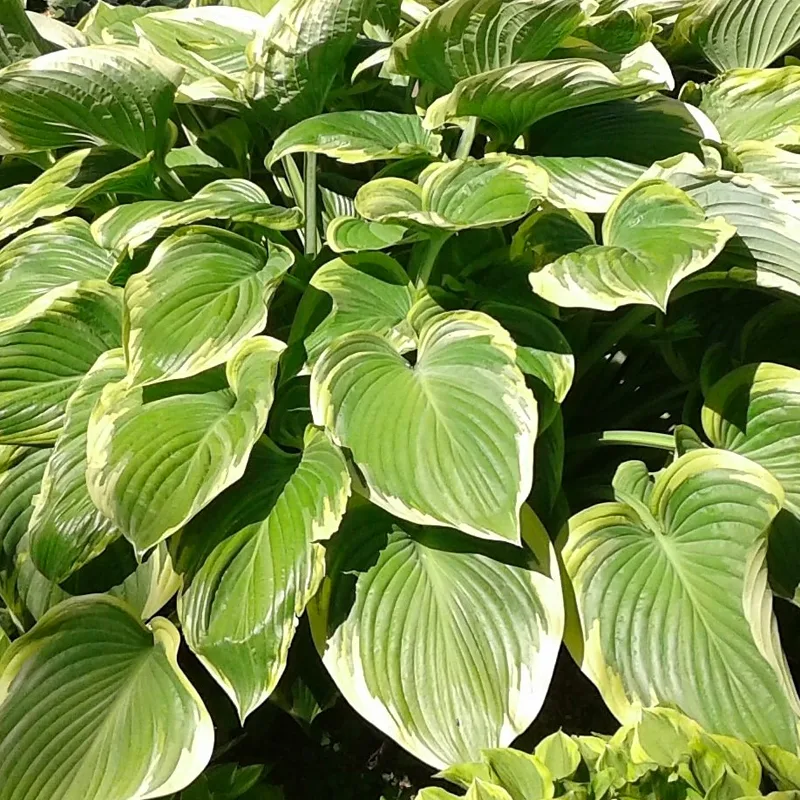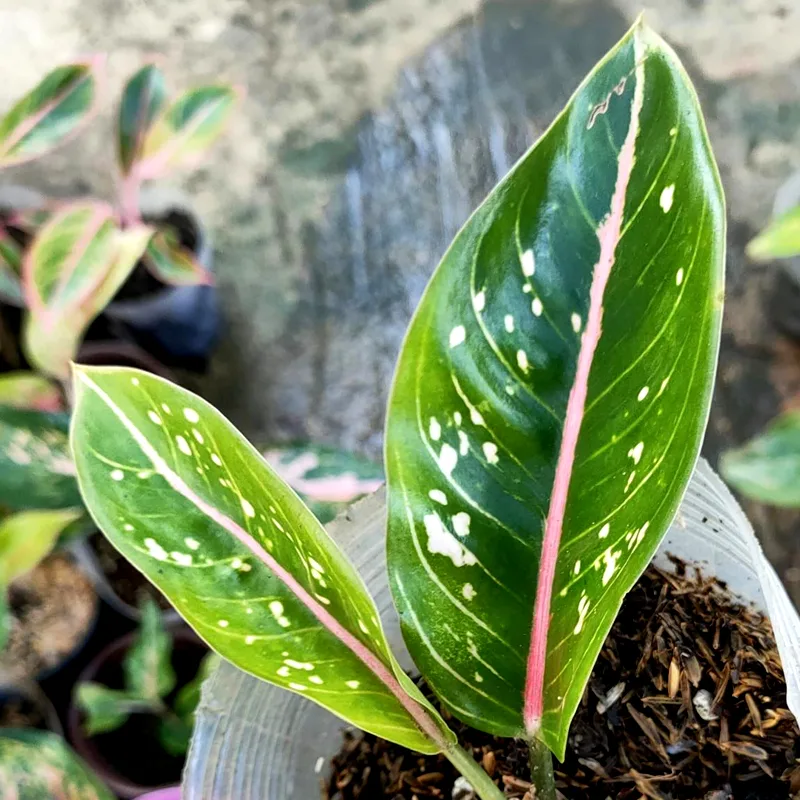The Rueful Charm of Ruta: A Personal Exploration
My name is Ferb Vu, and I’ve always been drawn to the unusual. In the world of plants, few are as unusual and historically rich as the genus Ruta. Commonly known as rue, these evergreen shrubs possess a unique beauty and a pungent aroma that some find off-putting while others, like myself, find strangely alluring.
This fascination led me down a rabbit hole of research, exploring the botanical intricacies and cultural significance of these plants. Join me as I share my journey through the world of Ruta, a genus that has captivated civilizations for centuries.
A Botanical Overview
Ruta belongs to the family Rutaceae, which includes other fragrant plants like citrus fruits. Native to the Mediterranean region, Macaronesia, and southwest Asia, these hardy shrubs are known for their bluish-green foliage and clusters of small, yellow flowers.
The leaves, when crushed, release a powerful, somewhat acrid scent that has been described as both medicinal and unpleasant. This distinctive aroma is due to the presence of volatile oils, which have been utilized for various purposes throughout history.
Delving into the Species
While the exact number of species within the genus is debated, sources like Plants of the World Online recognize around ten distinct species. Here are:
- Ruta angustifolia Pers.
- Ruta chalepensis L.
- Ruta corsica DC.
- Ruta graveolens L. Plant FAQs: Ruda Plant – Ruta Graveolens
- Ruta lamarmorae Bacch., Brullo & Giusso
- Ruta lindsayi Turrill
- Ruta microcarpa Svent.
- Ruta montana (L.) L.
- Ruta museocanariensis Marrero Rodr., Vidal-Matutano, Delg.-Darias & Jaén-Molina
- Ruta oreojasme Webb
- Ruta pinnata L.f.
Historical and Cultural Significance
The history of Ruta is deeply intertwined with human civilization. In ancient Greece and Rome, rue was believed to possess protective qualities and was used to ward off evil spirits and disease. It was also associated with various deities and played a role in religious ceremonies.
During the Middle Ages, rue continued to be valued for its medicinal properties. It was used to treat a wide range of ailments, from digestive issues to skin conditions. Its strong scent was also thought to purify the air and prevent the spread of contagious diseases.
In art and literature, rue has often been associated with regret and sorrow. This symbolism likely stems from its bitter taste and its use in traditional medicine to induce abortions, leading to its connection with lost potential and remorse.
Modern Uses and Applications
While the medicinal use of Ruta has declined in modern times due to concerns about its toxicity and potential side effects, it still holds relevance in certain contexts.
- Ornamental gardening: The unique foliage and vibrant yellow flowers of rue make it an attractive addition to gardens, particularly those with a Mediterranean theme.
- Culinary applications: In small quantities, rue can be used as a flavoring agent in certain dishes and beverages. Its bitter taste adds a distinctive note to salads, sauces, and even some alcoholic drinks.
- Insect repellent: The strong scent of rue is known to deter certain insects, making it a natural alternative to chemical repellents.
It’s crucial to remember that rue contains compounds that can be toxic if ingested in large quantities or applied directly to the skin. Pregnant women should avoid rue entirely, as it can stimulate uterine contractions.
My Personal Connection
My interest in Ruta goes beyond its botanical and historical significance. For me, it represents a connection to the past, a link to the traditions and beliefs of ancient civilizations. Its resilience and adaptability also serve as an inspiration, reminding me of the enduring power of nature.
I find beauty in its understated elegance, its delicate flowers contrasting with the sturdy, aromatic foliage. The scent, while pungent, evokes a sense of mystery and intrigue, transporting me to another time and place.
As I continue to explore the world of Ruta, I am constantly discovering new facets of its character. It is a plant that defies easy categorization, a symbol of both healing and regret, of beauty and danger. And it is this complexity that continues to fascinate me.
If i die, water my plants!



